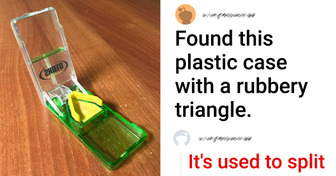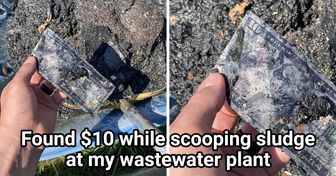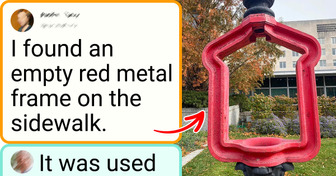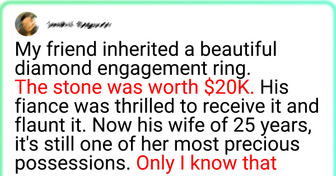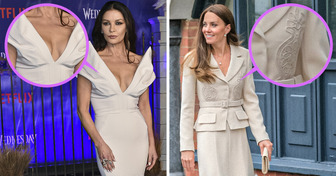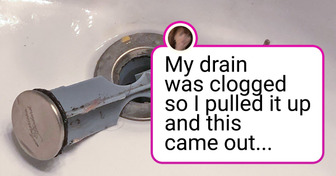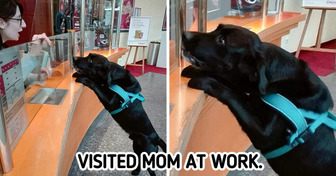20 Thrift Store Discoveries That Will Make You Ask “Why?”
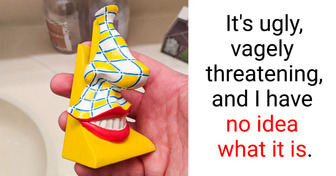
Finding an unusual object is like stumbling upon a mysterious treasure. These items usually have unfamiliar shapes or strange designs, which makes it difficult to understand what their true purposes are. Luckily, some Internet users came to the rescue and helped identify the “what” and “why” behind these curious things.
Now I’ve Seen Everything found 18 bizarre objects, which, surprisingly, have interesting functions and histories.
Answer: They are replica coins from the original (1970s) Battlestar Galactica. The characters wagered on space poker with these coins (“cubits”) on the show.
Answer: The strap goes around the wrist, and the ring goes on the middle finger. The style goes by the names, “Hath Panja bracelet,” the “belly dancer bracelet,” “harem bracelet,” and “hand flower.” It doesn’t have a specific origin since it gets re-used all throughout history and re-emerges in popularity with different names.
Answer: A phone table with storage space for the phone book.
Answer: It is a snuff container. This is really established in the Mongol culture. My parents told me that it’s used because the winters are so cold and when you enter someone’s house it is a way to clear your nose.
Answer: It’s a pill for ruminant animals. It helps kill parasites, the big one being barber pole worms.
Answer: So it can fold around the corner when it’s open and not stick out into the room.
Answer: It’s a duck hunting blind.
Answer: They probably match a pair of candleholders of the right size for a taper candle, which these rings will work with. They slide down a taper candle and it looks like the angels are flying above your dinner table.
Answer: This is very common in Germany. We call it “wechselbad.” You’re supposed to keep your feet in the warm water first and then quickly put them in the cold water (repeat a few times). This is supposed to help with circulation, although I’m not sure if there’s actually scientific evidence for that.
We usually have these in spas and other wellness or health-related facilities.
Answer: There are a lot of cannonballs at the bottom of the ocean around the Caribbean. They’ve been known to wash up on beaches from North America to South America. I have a friend that found one on a beach in South Carolina.
Answer: They’re fire beaters used to extinguish small fires.
Answer: It’s a hairpin or a clothespin/brooch. If it’s something 2,000 years old, you need to see a professional at a museum/institute of archaeology to get it evaluated and then get it insured.
Answer: They’re grain stores called “hórreos.” A vast majority of them are located in “Galicia” and “Asturias” the northwest of Spain. But there are differences between them. A common “hórreo” in Asturias used to be square, while those in Galicia are rectangular.
Answer: They are for flower decoration. One singular flower goes in the tube. There is probably a stand for them somewhere around, but some people like to stick them in foam together with other decorations, or in pieces of driftwood with holes drilled into them, or even into other flowerpots.
I saw very similar ones in the Bodenmais Glasmanufaktur.
Answer: It’s stingray teeth. Stingrays eat crabs and shellfish! These flat teeth are used for crushing their shells and grinding them up.
Answer: Someone is in trouble. This is a resin commonly used in machine work, especially as glue, to help hold machine parts together. As for side effects, you should be fine. It’s mostly just plastic.
Answer: Got it open!! It’s a lighter.
Have you ever encountered an item that you were super puzzled by? How did you crack the case?

